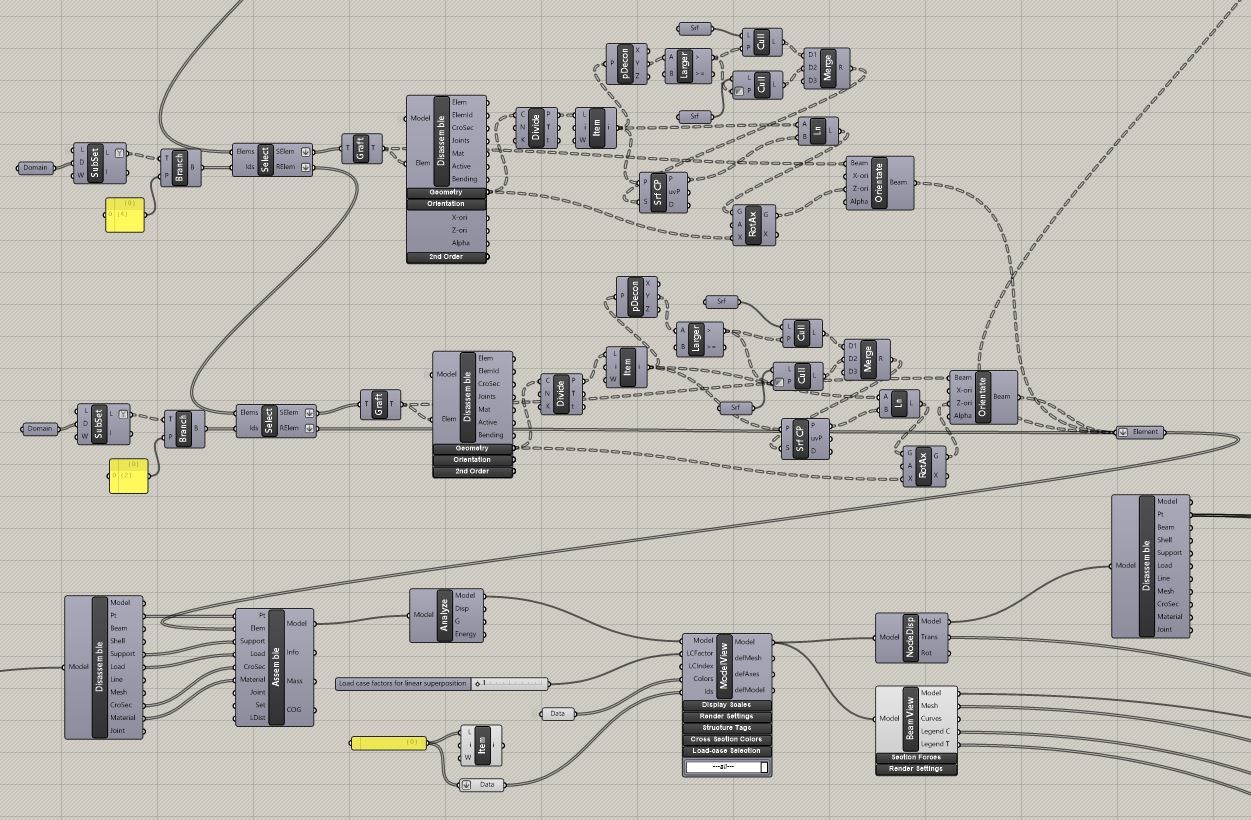
How Parametric Design Techniques are a Problem-Solving Power
Parametric design is a term that many people might not have heard of, but the chances are that they would instantly recognise some of the world’s architectural structures designed using this approach.
The benefits of parametric design are not restricted to building structures – it is a tool that is being adopted in many areas of industry, including product design and various forms of engineering. In architecture and structural engineering, it allows designers to envision increasingly complex buildings and structures that, previously, would have been considered impossible. A branch of specialist engineering and computational design, parametric design allows geometric forms and structures to be easily manipulated simply by controlling or altering the project’s parameters, enabling designers to understand the effect of alterations quickly and efficiently.
So, what is parametric design, and how does it empower our engineers and designers to overcome problems?
What Is Parametric Design?
Parametric design is a digital design process in which designers use algorithms to set parameters and rules to shape the design output automatically. This allows for creating more complex and adaptable designs, allowing different variations to be explored with relative ease and precision, making it a valuable tool in architecture and structural design.
Craft Complex Geometries With Ease
A key benefit of parametric design is its ability to handle intricate and complex geometries. Traditional design methods often fall short when creating and refining such detailed and unconventional shapes. In architecture, this opens up an avenue of possibilities, allowing architects and engineers to conceive and realise structures as aesthetically pioneering as they are structurally sound. From swirling facades to unconventional building forms, parametric design makes designs that were once impossible a reality.
Explore Different Ideas
Parametric structural design allows designers to explore different ideas. By setting up parametric models, they can create a range of variations based on specific parameters and constraints. This aspect of generative design enables design teams to explore different options and optimise their designs in ways that would never be possible with manual methods. Whether it is finding the most efficient layout for a building or experimenting with different aesthetic options, the potential of parametric design is limitless.
Make Alterations Quickly
Design is constantly evolving, so designers need access to tools that allow them to make alterations quickly and easily without extensive and time-consuming legwork. Parametric design allows design elements to be adjusted simply by tweaking the parameters, making it invaluable for responding to evolving project requirements or objectives. The enhanced adaptability of parametric design is especially valuable in large-scale projects, where even small changes can have significant impacts.
Incorporate Digital Fabrication
Parametric models are tailor-made for digital fabrication technologies, such as 3D printing and CNC machining, which can be harnessed to ensure efficient and precise production of even the most complex designs. This compatibility streamlines the production process, reducing errors and saving time and resources.
How We Can Help
At Fenton Holloway, we utilise parametric design in many of our services, including building structures, art installations, and sports centre design. Our expertise in parametric design supports the creation of visually stunning and functional designs and ensures that they are feasible and efficient to produce. We understand the power of parametric design as a problem-solving tool and are committed to harnessing its potential to bring your vision to life.
Find Out More
For more information on our parametric design services, please contact Javier Gutierrez at jgutierrez@fentonholloway.com

/Javier%20Gutierrez%20-%20Specialist%20Engineering%20-%20Long.webp)
.png?width=365&height=215&name=Brochure%20CTA%20(1).png)